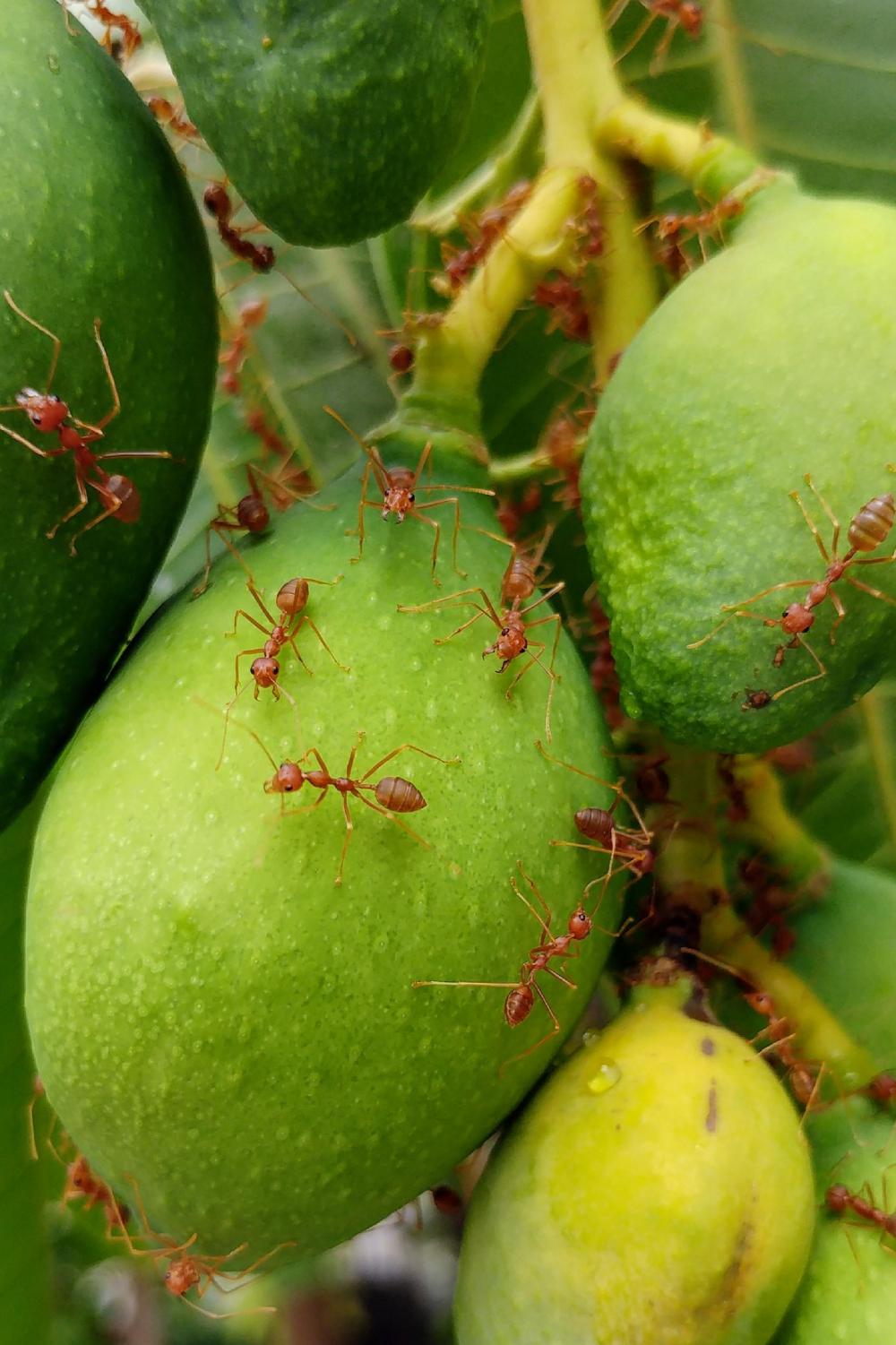Last night, I was watching a documentary on Vox where they talk about fire ants and their tendency to float and migrate in huge swarms, almost as if they look like liquid. It was quite fascinating, although, I used to believe it is due to their small bodies creating enough surface tension and their exoskeletons being lighter than water, combined with their excessive strength that helps them float or swim or create structures like anthills. Little did I know that the solution contains mind-bending applications in fluid mechanics.
Like all swarm insects, ants stay together as a colony with a queen to have a higher chance of reproduction. Therefore this need to perpetuate caused them to become good at working and staying together. As in literally together, as if the concept of personal space is lost on them. This way, they can hold hands and chain link to each other like magnets or forming any shape and structure they wish. Their tendency to be together caused them to grow and spread out all across the globe since migration is easy because they can simply go where the river takes them.
This chain linking behavior causes them to behave like a “viscoelastic fluid” as termed by researchers at Georgia Tech. The engineers performed various material tests such as compression stress test, flash freezing using liquid Nitrogen, coating them with gold and dissolving them in iodine and then created mathematical models to describe the behavior of the fire ants. Although I wondered at this point what on earth were all the SJWs of GIT doing, not fighting for ant rights. But then I realized, an ant can survive a nuclear bomb, a snowflake doesn’t.
Fire ants basically do everything a liquid does, and more: they can be poured from a teapot, they drip from an edge, they stick to surfaces, they diffuse in water, they have their own surface tension and occupy the entire volume of a container. The ants mimic the properties of a viscoelastic fluid by breaking and reforming links to dissipate energy. When a ball of iron is dropped in a beaker of fire ants, the ball goes down very slowly, like what happens in an extremely thick liquid such as molten lava.
This would also explain why fire ants build towers during a flood; it is because their structures become water repellant so it is more difficult to separate them. This water repellant nature is derived from their tendency to form air bubbles between themselves, almost as if it is a crystal lattice arrangement of atoms containing void spaces between them. We know that objects such as wood are less dense than water because of the air spaces between the cellulose structure. Similarly, these air bubbles create breathing pockets as well as decrease the density of the ant mound, that helps it float back up even after pushing it down with force.
This level of resilience is not only remarkable, but it is also a great source to study the physics and use in applications such as nanotechnology. Modular robotics, the branch of robotics involving multiple automated kinematic machines with variable morphology, can greatly benefit from these studies and can be applied in a vast array of fields such as biology, medicine, environmental engineering, mechanical and aerospace engineering.
Fire ants, like everything in nature, are a wonderful species that show the laws of physics are insignificant compared to their survival and perpetuation. This gets even better considering that they don’t have one single leader to organize their pursuit of life; everything happens dynamically. As humans are the most “stable geniuses” on the planet, we can not only extract the science behind it but also take some life lessons on how to live and lead a country, instead of destroying it by killing and fighting each other.


